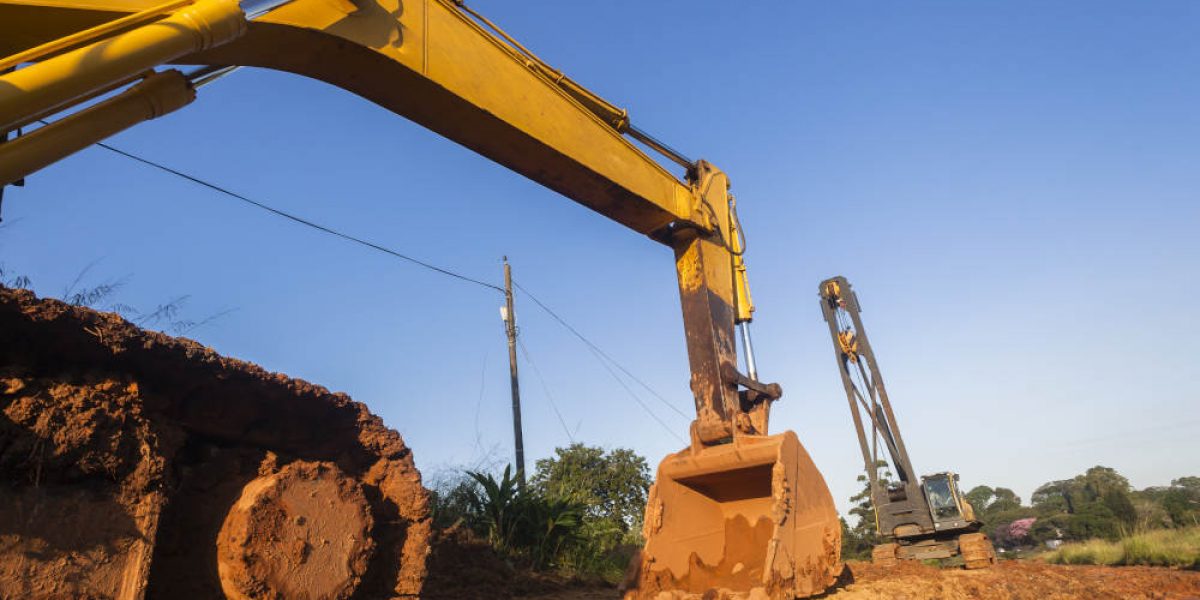Whenever construction projects involve demolition or grading, there is a chance that the soil may be impacted to the point of sedimentation, which in turn can create pollutants that can be transported to waterways by storm water. It is not uncommon for very large projects, particularly those that involve building commercial properties, to be able to deposit a significant amount of sediments to the surrounding watershed in a short period; we are talking about the equivalent of natural sedimentation that happens over ten years.
Who Are Affected By Proposed Storm Water Regulations?
The parties affected by storm water rules are land developers and property owners, but only if their projects measure one or more acres. If the project calls for excavation, grading, demolition, or any other activities that may impact the soil, a storm water permit must be granted or else the local building regulator will not give the green light to the project. Legal analysts who are following the current proposals expect that they will be more stringent in terms of water sampling, monitoring, and reporting.
We can expect to see more strict rules related to erosion and sediment control in larger construction projects; this will apply even in areas such as the High Desert, which does not get that much rainfall. Since there is an environmental conservation aspect involved, chances are that the proposal will pass and the permit will change. Depending on the project, this may increase overall costs.








